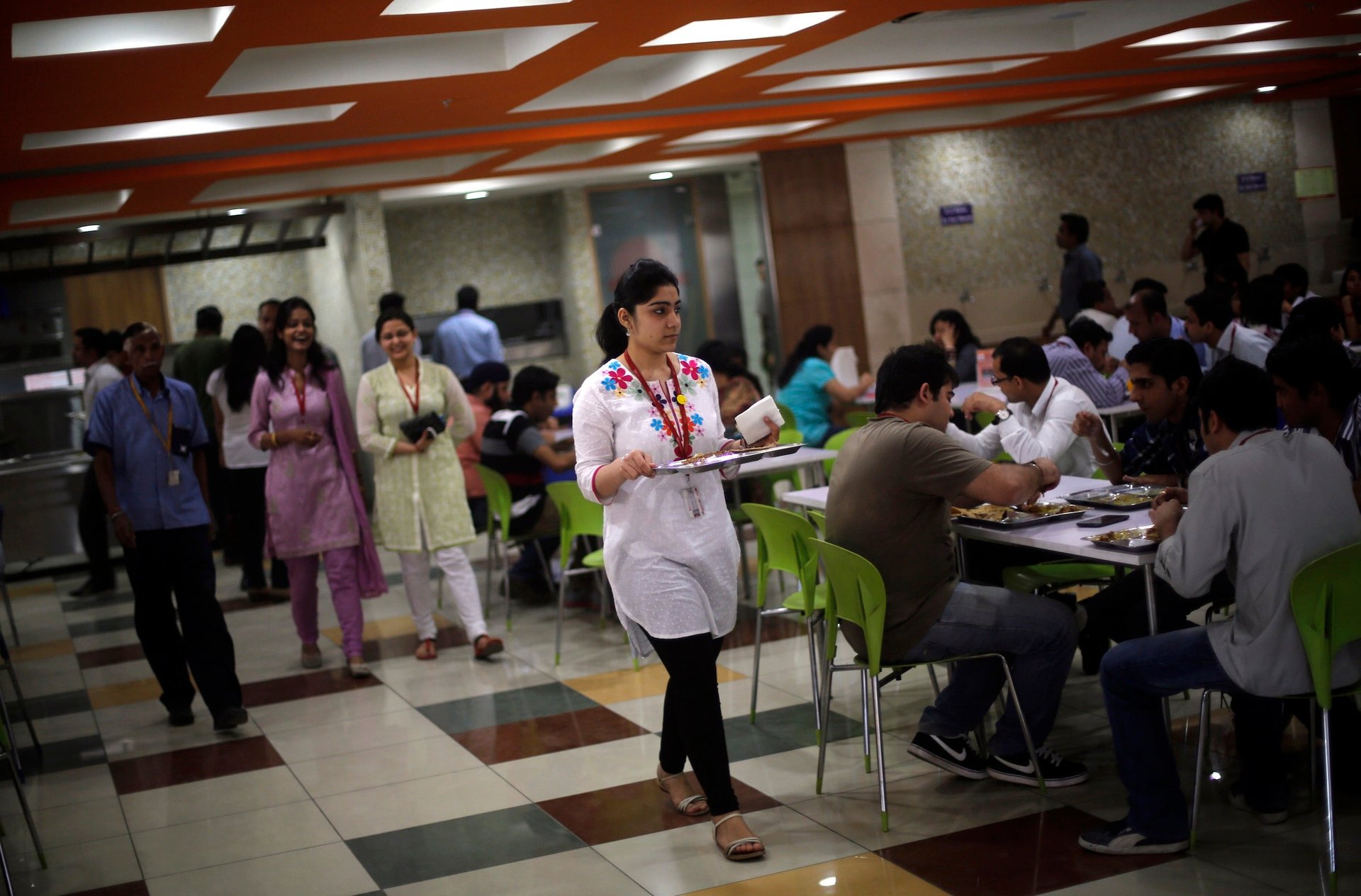The incredibly simple solution to our filthy, filthy offices
It was hardly the first time.


It was hardly the first time.
Wired editor-in-chief Scott Dadich’s polite, yet punctilious, screed about the proper minimalist aesthetic and levels of cleanliness he expects to be observed at the tech magazine’s sumptuous new San Francisco digs is just the latest in a rich tradition of executive missives urging staff to keep workplaces respectable.
Dadich’s suggestions received some snickers. (“‘Wired’ Discourages Practice of Resting Things on Surfaces“) But a lot of his concerns were quite sensible.
It’s an embarrassment: coffee stains on walls (and countertops and desks), overflowing compost bins, abandoned drafts of stories and layouts (full of highly confidential content), day-old, half-eaten food, and, yes, I’m going to say it, action figures.
Action figures aside, Dadich is right. Many offices are in a terrible state. And there’s a reason: Lunch. Less than 20% of workers say they routinely take a real lunch break, according to a study by recruitment company ManpowerGroup. Another of its studies found that nearly 70% of workers routinely eat lunch at their desk. Gallup survey data—reported by Time—notes that in 1990 roughly 50% of Americans took a 30-minute break for lunch. By 2012, that was down to 33% taking a break away from their desk.
Why? Employees—perhaps inspired by the tenuous nature of employment in the post crisis economy—are foregoing clarifying pauses and lunch breaks in favor of inhaling food in front of their monitors. In offices where the housekeeping is lean and the cafeteria non-existent, the result is a big, stinking sty.
That’s why it might have been a good idea for Dadich to include another directive in his memo. He should have taken the opportunity to communicate an expectation that people take a minimum of 30 minutes or so away from their desk to eat their lunch. Clear communication is crucial. Without it you end up with a situation like many unlimited vacation policies, where nobody ends up taking vacation at all, because they’re worried about looking like a slacker.
This will pay obvious dividends in terms of fewer crumbs and stains and half-eaten food. What’s more, breaks have been shown to be a serious productivity booster. Most important, it would drive home the point that a desk isn’t a home, it’s just where you work.